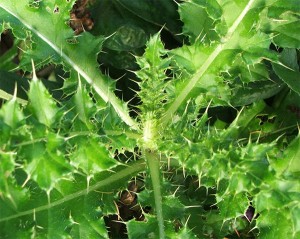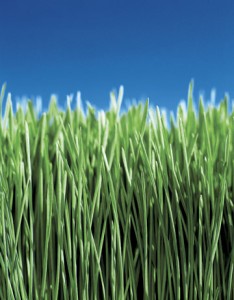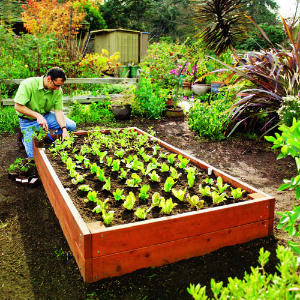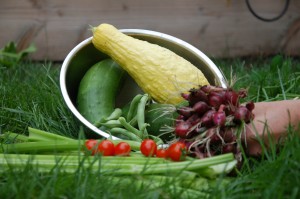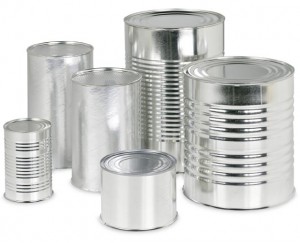I finally feel like we’ve moved successfully from conventional products to eco-friendly products in our lawn and garden. The icing on the cake was finding a safe way to control our weeds:
- Water plants, not weeds. We turned off the sprinkler heads in our garden beds and used a sprinkler head conversion kit to install a drip system. It’s inexpensive and very easy to install. Each drip is set to only water plants, flowers and trees, where necessary. The rest of the bed doesn’t get watered, saving water (and $$) and keeping weeds down.
- Use a thick layer of mulch or bark. We’ve spread mulch too thinly for the past couple summers. At only 1-2 inches, it thinned out quickly and disappeared before summer was over. It didn’t help with weed control. This summer, we spread it 3 inches thick and it has made a huge difference. Mulch also helps keep your water needs down (and $$) as it reduces evaporation by up to 50%.
- Plant drought tolerant ground cover. Ground cover acts similarly to mulch so it covers the dirt, keeping weeds down and reducing evaporation. By choosing drought tolerant ground cover, you further reduce your water needs.
- Use a weed killer, if necessary. The final piece of our eco-friendly weed control puzzle was finding a weed killer that worked and WE. HAVE. FOUND. IT. EcoSmart contacted me to see if I would check out a few of their new products and I was excited to try out their Organic Weed & Grass Killer. I just hoped it worked and it does! We have some weeds in a rocky area that are hard to hand pick so I started there. It was a hot day and I sprayed all the weeds in the morning. By afternoon, all the weeds were shriveled up and dead! {I did a little happy dance}
So the good news is that you don’t need a big bottle of Roundup to kill weeds particularly because I’m not convinced on any level that Roundup is safe. For example, scientists in France evaluated the toxicity of Roundup on fetal umbilical cord cells. They found that every formulation of Roundup caused total cell death within 24 hours. And they weren’t even testing with agricultural levels of Roundup, they were using levels that would be found in food or feed. Roundup has also been linked to non-Hodgkin’s lymphoma. If you think you are safe using it in your yard, did you know that it’s half-life is at least 47 days? It also contaminates surface waters and is not readily broken down by sunlight or water. Scary stuff, just say no. Promise you, EcoSmart works just as well. If I get one reader to stop using Roundup, I’ll feel better 🙂
